1. Chrysler Imperial
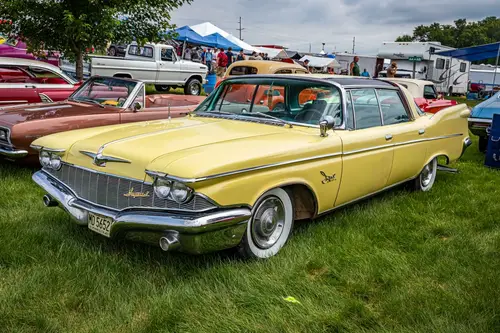
The Chrysler Imperial of the 1950s screamed luxury and optimism. Its massive size, tailfins, and chrome accents were a display of postwar confidence and economic might. Americans wanted to show off prosperity, and the Imperial delivered with style and swagger. Owning one felt like a statement: the U.S. was winning the future.
However, its over-the-top design was also a warning. Chrysler bet heavily on excess and assumed Americans would always crave bigger and flashier. When fuel prices rose and tastes shifted, those assumptions backfired. It became a symbol of a time when boldness could turn into hubris overnight.
2. Ford Model T
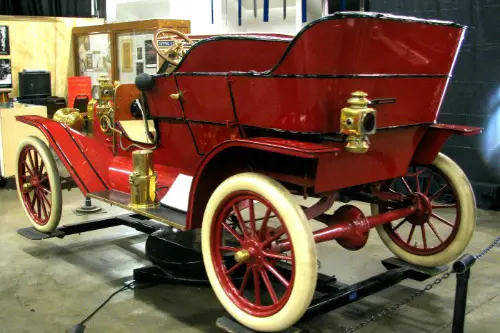
The Ford Model T is often called the car that put America on wheels. Introduced in 1908, it was affordable, reliable, and revolutionary in assembly line production. It gave millions of Americans their first taste of personal freedom and mobility. With its simplicity and mass production, it set a tone of American ingenuity that bordered on swagger.
Yet, the Model T also symbolized overconfidence in industrial dominance. Ford assumed that once he perfected the assembly line, he could dominate the global auto market indefinitely. Its basic design lasted decades with minimal updates, reflecting a belief that American engineering superiority was unshakable. That confidence sometimes blinded the company to evolving consumer desires for more style and comfort.
3. Chevrolet Bel Air

Few cars define the 1950s better than the Chevy Bel Air. With its two-tone paint, chrome, and tailfins, it was the embodiment of postwar optimism. Every teenager with a paper route dreamed of cruising in one. It represented a nation brimming with confidence in its cultural dominance and engineering prowess.
But the Bel Air also reflects a kind of carefree overconfidence. Designers and marketers assumed that bigger, flashier, and more chrome would always win hearts. It ignored rising concerns about efficiency or practicality, which would become critical decades later. The car’s charm today is nostalgic, but back then it was a bold, sometimes reckless statement.
4. Ford Mustang
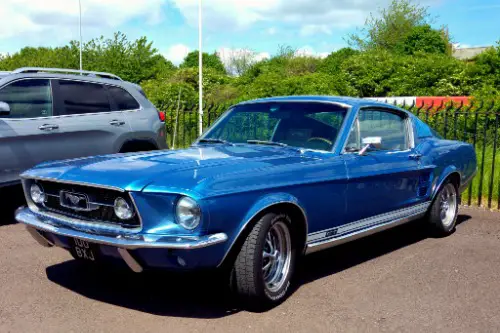
The Ford Mustang arrived in 1964 and immediately redefined American muscle. It was sporty, affordable, and fast, capturing the youthful spirit of the 1960s. The Mustang sold in droves, proving that America could create a car that was both fun and attainable. It became a symbol of freedom, power, and national pride.
Yet, it also represented overconfidence in a young market. Ford assumed the pony car craze would last indefinitely and that they could outpace any competition. The sheer faith in the formula sometimes overshadowed concerns about safety and sustainability. It showcased a nation willing to bet big on image and emotion over caution.
5. AMC Gremlin
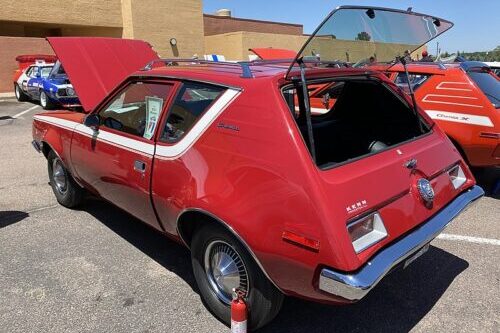
The AMC Gremlin was America’s bold experiment in compact cars during the 1970s. It was quirky, small, and unapologetically different from the gas-guzzling giants around it. AMC hoped to capture a market of urban drivers looking for efficiency without sacrificing style. It reflected a nation starting to confront the limits of its earlier excess.
The overconfidence comes from its audacity. AMC assumed Americans were ready to embrace something truly unconventional. The Gremlin’s polarizing design made it memorable, but not always beloved. Its story highlights the tension between innovation and the belief that the U.S. could always dictate consumer taste.
6. Pontiac GTO
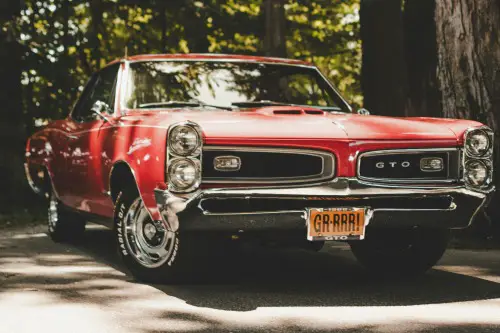
The Pontiac GTO practically invented the muscle car craze. Introduced in 1964, it paired a small body with a monstrous engine, giving ordinary drivers the thrill of speed. The GTO embodied youthful daring and the American love for performance. It was flashy, fast, and unapologetically brash—a perfect reflection of national confidence.
However, it also leaned heavily on assumptions of endless appetite for raw power. Pontiac and its customers believed bigger engines and louder exhausts could solve all market challenges. Safety and efficiency were afterthoughts, revealing a kind of hubris in American auto culture. The GTO remains iconic, but it is also a cautionary tale of unchecked ambition.
7. Hummer H1

The Hummer H1 arrived in the 1990s as a civilian version of a military icon. Its size, capability, and unapologetic presence screamed dominance on the road. It appealed to a sense of invincibility, tapping into the American love for rugged individualism. Driving one felt like wielding power in its purest, most ostentatious form.
Yet, the H1 was also the embodiment of environmental and practical overconfidence. Its fuel consumption was absurd, and maneuvering through city streets was almost comically difficult. The makers assumed that sheer image and military pedigree would outweigh these downsides. It serves as a symbol of an era when bigger was always considered better.
8. DeLorean DMC-12
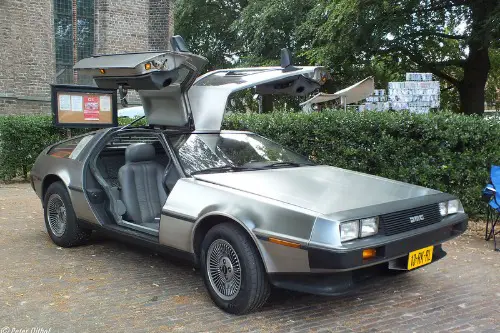
The DeLorean DMC-12 is most famous for its gullwing doors and cinematic fame, but it also epitomized 1980s ambition. John DeLorean bet that Americans wanted a futuristic, flashy sports car that defied norms. Its stainless steel body and wedge shape screamed audacious confidence. Owning one meant you believed in the possibility of redefining cool entirely.
But the overconfidence was enormous. The car was underpowered, overpriced, and plagued by financial mismanagement. DeLorean assumed that style alone could override practicality and market realities. Its legacy is both iconic and cautionary—a reminder that confidence without foundation can crash spectacularly.
9. Ford Excursion
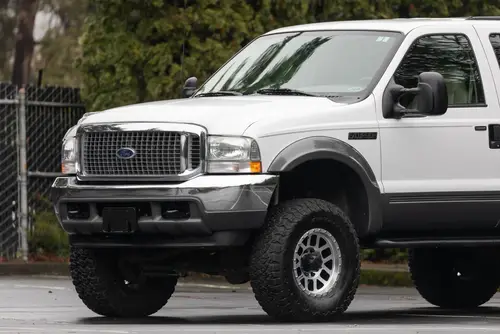
When Ford introduced the Excursion in the early 2000s, it redefined size. At nearly 22 feet long, it was essentially a rolling living room. Americans loved SUVs, and the Excursion represented the ultimate in “go big or go home” thinking. It combined luxury, utility, and sheer audacity on four wheels.
Yet, it perfectly captured overconfidence in excess. Gas prices were ignored, and practicality was secondary to dominance. It was a time when Americans believed bigger was safer, more capable, and always better. In hindsight, it stands as a monument to oversized ambition.
10. Tesla Roadster (2008)
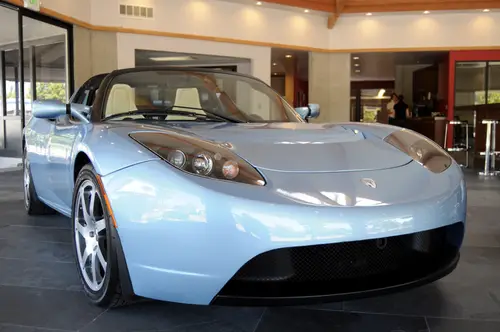
The first Tesla Roadster put electric cars on the map in a bold, almost audacious way. It proved that EVs could be fast, sexy, and desirable, challenging decades of internal combustion dominance. Americans suddenly believed that tech and entrepreneurship could redefine the auto industry overnight. It inspired a generation to rethink what cars could be.
But the Roadster also showcased confidence bordering on hubris. Tesla assumed infrastructure, adoption rates, and battery tech would catch up quickly. Early adopters faced challenges with charging and reliability that were often underestimated. It symbolized a daring faith in innovation, even when practicalities lagged behind vision.
11. Jeep Cherokee XJ

The Jeep Cherokee XJ of the 1980s and 1990s was compact, rugged, and versatile. It married off-road capability with daily usability, appealing to a nation confident in its pioneering spirit. Its unibody construction was innovative and hinted that Americans could rethink tradition while staying true to identity. It became a symbol of practical adventure and capability.
Still, it reflected a confident belief in the Jeep brand’s invincibility. Jeep assumed that reputation and rugged charm could always outpace competitors and safety regulations. Its design would last decades with minor tweaks, reflecting a belief in enduring dominance. It captured the boldness of an era confident in its engineering decisions.
12. Cadillac Eldorado
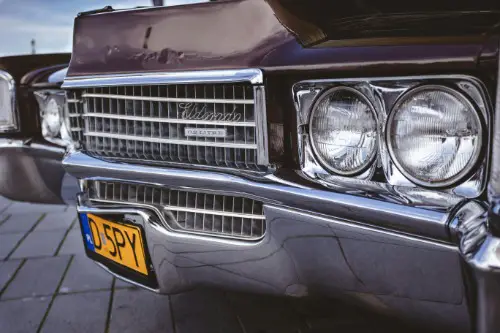
The Cadillac Eldorado of the 1970s represented American luxury at its most flamboyant. Long, wide, and loaded with amenities, it was a rolling statement of wealth and status. Tailfins, plush interiors, and optional V8 power epitomized a culture of confidence and postwar indulgence. It was a car for those who believed America could always buy its way into excellence.
Yet, it also showcased a kind of reckless self-assurance. Gasoline efficiency and practicality were afterthoughts, and the car’s massive size became a liability during the energy crises. Cadillac assumed that prestige and comfort alone would maintain its market dominance. The Eldorado stands as both a triumph of style and a reminder of overconfidence in an era of excess.
This post 12 Vehicles That Defined an Era of American Overconfidence was first published on American Charm.


